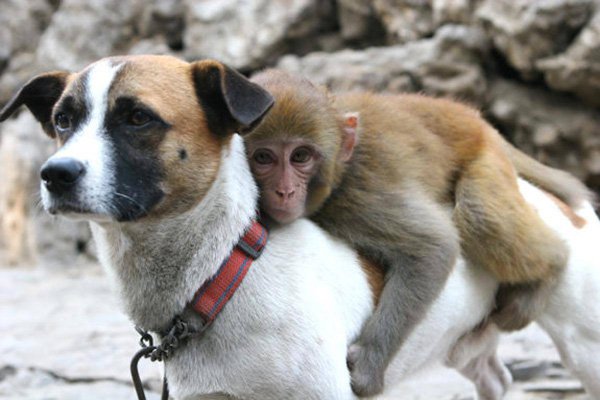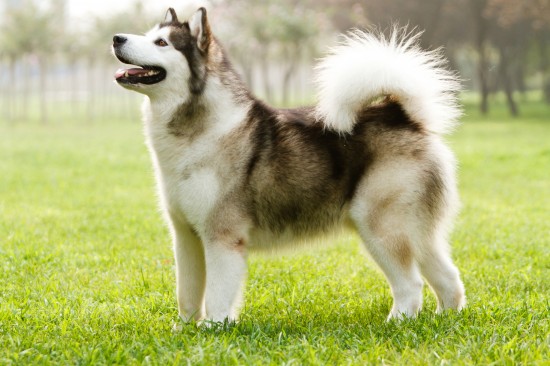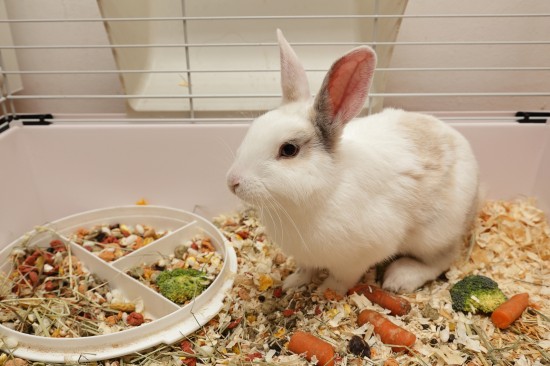
Have you ever come across a case where your dog is having awfully bad breath? So awful that you wish you do not own a dog? If it is the case, then it is time to take you pet to the veterinary. Like human, healthy dogs do not have smelly breath. According to a finding by the American Veterinary Dental Society, more than 80% of dogs show some signs of gum disease by age three, a full grown dog. This shows the lack of oral hygiene in people having dogs at home.
Why dental care?
Lack of dental care can cause severe dental diseases in dogs, which can prove fatal. After dog finishes his meal, minute food particles remain inside his mouth. These food particles, and bacteria accumulate on the surface of the tooth causing plaque. Continuous formation of plaque can cause tartar (or calculus) to form, and the gums get swollen up and become red color. This stage is called gingivitis. If the tartar is not removed, it accumulates up under the gums, and this slowly separates gums from teeth. This encourages more bacteria. This stage is called "periodontal" disease. The dog has awfully bad breath (halitosis) at this time, and it is necessary to see your veterinary.
Worse, the bacteria in mouth pass to intestine with food, and can cause heart, liver or kidney failure in dogs. The bacteria in mouth can go to the heart through the blood stream. These bacteria cause valve failure in heart, and your pet will get severely ill. Diseases of mouth are very painful for the dog, and being a dog lover you would certainly not want your dog to suffer this torture. It is therefore important that you practice oral hygiene for your dog, and protect him from severe diseases.
Symptoms of dental diseases
Bad breath is arguably the most common symptom of dental disease; there are many other ways to find out that your dog has a dental problem. Open the mouth of your dog, and check the teeth. If they are yellow colored, and have brown deposits on them, it indicates dental problem. Check if the dog gums are red and look swollen. More over, if the dog is unable to eat food, or cries in pain while eating, it means that there is severe dental problem with the dog.
Prevention and cure
You might already be wondering what could be the remedy. Well "Prevention is better than cure". The best thing is to regularly brush your dog's teeth. It is your first line of defense against plaque, and tartar. Regular brushing keeps teeth healthy, and stops bad breath. Start brushing teeth from the time your pet is young. This will make him accustomed to your finger, and the taste of paste. Later you can start using toothbrushes.
There are also a number of commercially available dog-foods approved by vets, and these can be provided sometimes to your dog. These foods are made such that your dog chews them well, and in the process, the plaque and tartar gets removed.
In case of gingivitis, and "periodontal" disease the vets give anesthesia to the dog, and mechanically remove the tartar. Scaling is often done to remove the tartar that is accumulated under the gums. Once this is done the teeth are polished so that it is difficult for bacterial to develop on the teeth. After treatment, you need to regularly brush dog's teeth, feed hard food, and regular checkup is necessary.
It is therefore very necessary that you regularly brush your dog's teeth just like taking care of our own and our baby's, and maintain proper oral hygiene. Dental care is very important for the well being of your dog.
 The Top 5 Dog Breeds That Will Make You Smile
The Top 5 Dog Bre
The Top 5 Dog Breeds That Will Make You Smile
The Top 5 Dog Bre
 Winter Horse Feeding & Rugging - What To Consider
Winter Horse Feed
Winter Horse Feeding & Rugging - What To Consider
Winter Horse Feed
 That's how long dogs have been our best friends!
That's how long dogs have been our best friends!
That's how long dogs have been our best friends!
That's how long dogs have been our best friends!
 Learning More About The Inuit Dog Breeds
Learning More Abo
Learning More About The Inuit Dog Breeds
Learning More Abo
 Different Ways Of Keeping A House Rabbit
Different Ways Of
Different Ways Of Keeping A House Rabbit
Different Ways Of
Copyright © 2005-2016 Pet Information All Rights Reserved
Contact us: www162date@outlook.com